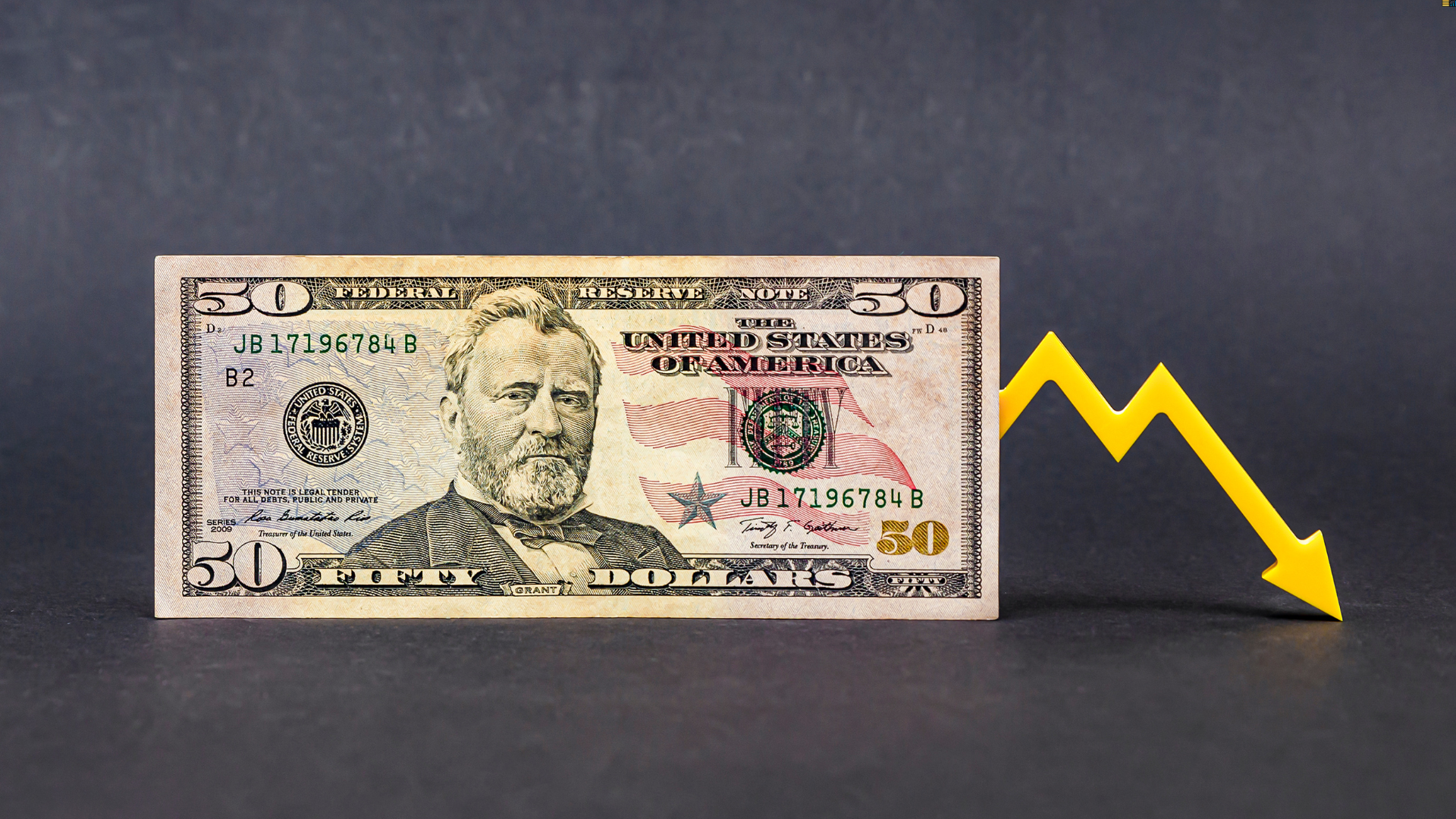In September, inflation in the US took a surprising turn, growing faster than many experts predicted. This situation puts pressure on the Federal Reserve as they debate whether to cut interest rates even more this year. Let’s break down what happened and what it could mean for you.

Inflation Grows More Than Expected
The Consumer Price Index (CPI), a key measure of inflation, showed prices were up 2.4% compared to last year. While this is a small drop from August’s 2.5%, it’s still more than the 2.3% economists expected. Month-to-month, the numbers stayed the same, with a 0.2% rise, which is what we saw in August too. Experts had hoped for a slight cool-down to 0.1%, but that didn’t happen.
Core Inflation Takes a Hotter Turn
There’s another important piece of the puzzle—core inflation. This measure ignores volatile stuff like food and fuel, giving us a clearer picture of long-term price changes. Core inflation shot up to 3.3%, beating predictions of staying at 3.2% like in August. This means prices are still rising faster than the Federal Reserve would like. On a month-to-month basis, core inflation stayed at 0.3%, again higher than the hoped-for 0.2%.
Unemployment Claims Are Up Too
Inflation isn’t the only thing heating up—unemployment claims also spiked. For the week ending on October 5, new unemployment claims jumped to 258,000, a significant increase from 225,000 the week before. This is the highest level of jobless claims since August 2023, and it’s making economists worry. A steady rise in jobless claims often signals trouble for the economy.
What’s the Federal Reserve Going to Do?
All eyes are now on the Federal Reserve, which has a tricky job: keeping inflation in check without hurting the job market. Last month, the Fed cut interest rates by 50 basis points to help stabilize the economy, especially with inflation cooling down. But not everyone in the Fed was on board with this decision. Some officials wanted a smaller cut, saying prices are still rising too fast.
With inflation still above the Fed’s 2% target, there’s growing uncertainty about what will happen next. Right now, there’s about an 85% chance the Fed will cut rates again in November, but some analysts think they might hold off.
Stagflation Fears: Should You Be Worried?
There’s a new worry in town—stagflation. This happens when inflation keeps rising while the job market struggles. Some analysts believe the latest data could increase fears of stagflation. However, the Federal Reserve might not change its approach just yet.
Experts are saying that Fed Chair Jerome Powell and his team are likely paying more attention to the rising unemployment claims than the latest inflation numbers. They need to find a balance between controlling inflation and keeping the job market strong—a tough challenge for sure!
What to Watch Next
As the year closes, all eyes will be on the Federal Reserve’s next moves. Will they cut rates again to support jobs, or will inflation force them to hold back? Keep an eye on the next two Fed meetings—they could have a big impact on everything from your wallet to the job market.
Stay tuned for more updates as we head into the final stretch of 2024!
